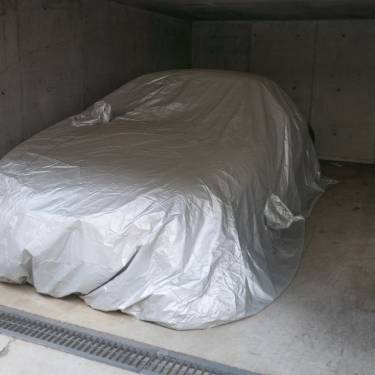
Bringing your car out of winter storage is exciting but requires some preparation to ensure it’s road-ready. Neglecting proper checks can lead to unexpected issues, so addressing a few areas is vital before you hit the road. Here’s exactly what to do when you take your car out of winter storage.
Check the Battery
Start by inspecting your car’s battery. Look carefully for signs of corrosion on the terminals, affecting the vehicle’s performance. If you disconnected the battery during storage, reconnect and test it to confirm it holds a charge. The battery might need charging or replacement if it doesn’t pass the test.
Top Off or Replace Fluids
Fluids are the lifeblood of your car, and sitting idle for months can make some stagnant or less effective. Check the engine oil, coolant, brake fluid, and transmission fluid levels. Replace any fluids that appear dirty or cloudy, and top off anything that’s running low. Don’t forget the windshield washer fluid—especially if you’re driving through dusty spring roads.
Inspect the Tires
Tires are another crucial area of focus after storage. Look for any visible flat spots that may have developed while the car was stationary. Use a tire pressure gauge to make sure you have them inflated properly, as underinflated or overinflated tires can affect handling and fuel efficiency. Inspect the tread for signs of excessive wear or damage, and replace the tires if necessary.
Examine the Brakes
Brakes can deteriorate while the car is in storage, so they need a thorough check before driving. Inspect the brake pads for wear and check the brake lines for any signs of cracking or damage. Take the car for a slow test drive and listen for squealing or grinding noises, which could indicate the need for brake replacement or servicing.
Inspect the Undercarriage
Take time to check your car’s undercarriage for leaks or damage. Look for signs of fluid dripping under the engine bay, which could indicate issues with oil or coolant lines. Rodent damage is another concern, as small critters may have chewed through wires or hoses during storage.
Start Slowly
When the car is ready to start, don’t rush. Start the engine and allow it to idle for a few minutes before driving. Use this time to listen for unusual sounds and check for warning lights on the dashboard. Take your first few miles slowly to identify any potential performance issues that might not be immediately apparent. Take your vehicle to the car wash or wash your car at home to freshen up the exterior. Determine if you need to use a pre-wash when washing it to remove grime that might have built up during storage.
Consider a Professional Tune-Up
Schedule a tune-up with a trusted mechanic if you want complete peace of mind. A professional can check areas like the ignition system, suspension, and other components you might not be able to access easily. Use the visit to discuss whether you’ll need additional maintenance.
Preparing your car for the road after winter storage doesn’t have to feel overwhelming. You can enjoy a smooth and worry-free drive by ticking off these essential tasks. Make the time to do it right, and your car will reward you with peak performance and reliability. If you’re ready to extend the lifespan of your vehicle and keep it at its best, why not book an inspection today?
Bio: Casey is a passionate copyeditor highly motivated to provide compelling SEO content in the digital marketing space. Her expertise includes a vast range of industries from highly technical, consumer, and lifestyle-based, with an emphasis on attention to detail and readability.



















